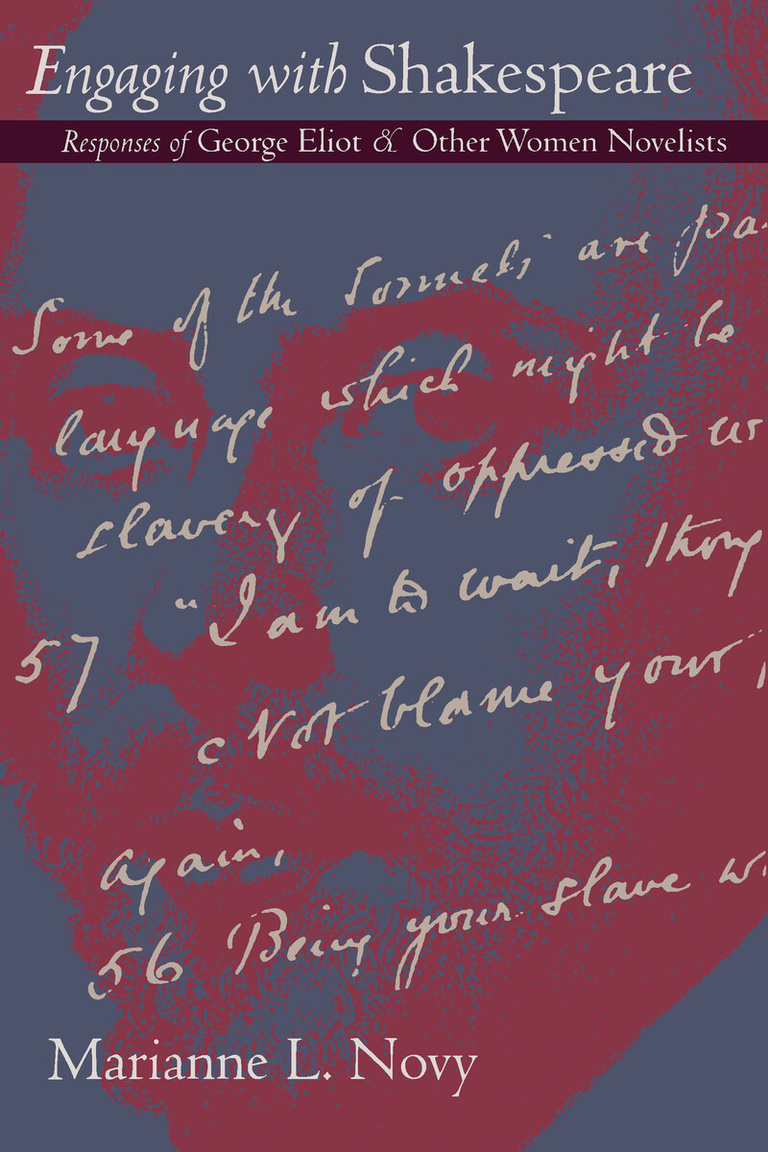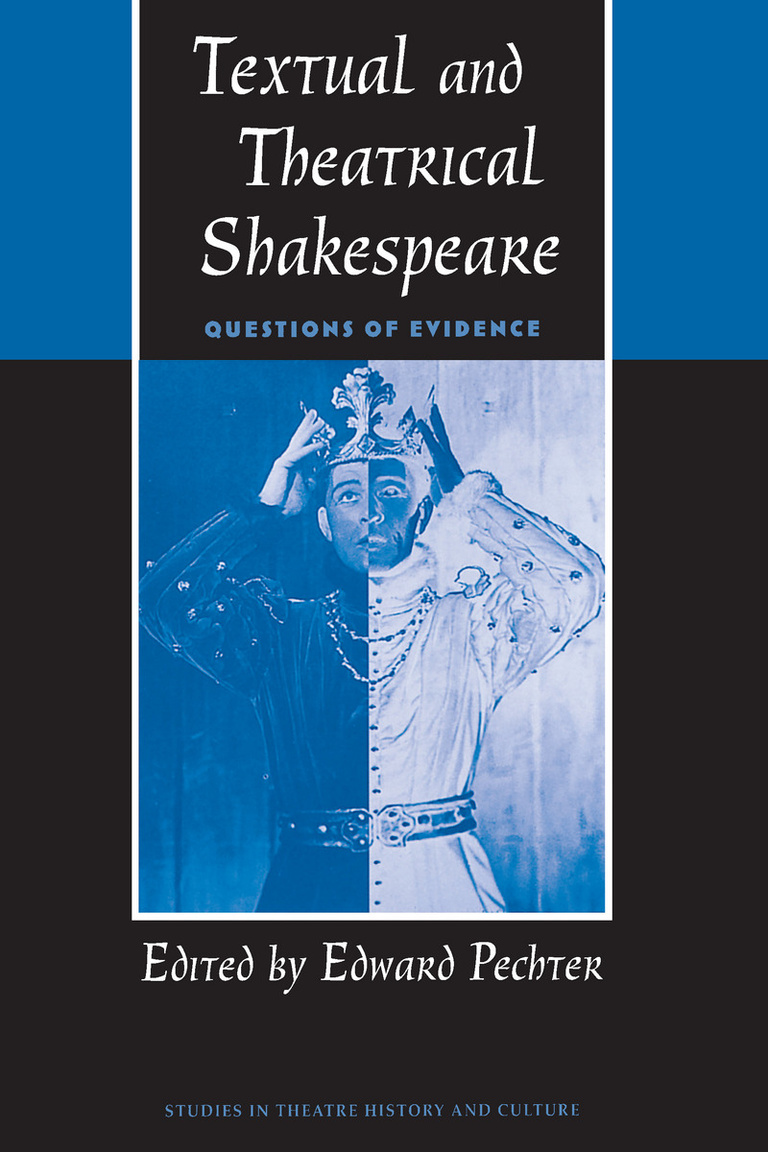George Freedley Book Award winner
Many ingenious theatrical worlds have been created for the fairy world of A Midsummer Night's Dream, from the baroque to the postmodern. This is the quintessential play for understanding the ways in which scenery, costumes, music, lighting, and playing spaces affect our experience of Shakespeare. A Midsummer Night's Dream also proves to be extraordinarily responsive to the cultural winds of each era, easily circulating a variety of sometimes competing social interests.
In his richly detailed, beautifully illustrated history of Shakespeare's most popular play—the first comprehensive study of A Midsummer Night's Dream in the theatre—Gary Jay Williams covers four hundred years of landmark productions in Europe, the United States, and Canada as well as important opera, dance, and film adaptations. Williams shows how the visual and musical vocabularies of production can be read as cultural texts and how these meditative texts determine this play's available meanings from generation to generation. His account, then, is the story of our imaginative and astonishing uses of Shakespeare's play.
Many famous theatre artists have been drawn to this play, and many of their productions have been turning points in theatre history. Williams offers detailed theatrical and cultural analyses of the productions of David Garrick, Ludwig Tieck, Elizabeth Vestris, Charles Kean, Harley Granville-Barker, Sir Herbert Beerbohm Tree, Max Reinhardt, Peter Brook, Liviu Ciulei, and other artists. His engaging, intelligent study will be invaluable to scholars and teachers of Shakespeare and theatre history and to professional directors, designers, critics, and actors.
The Wedding-play Myth and the Dream in Full Play
Shakespeare Absolute: Fairies, Gods, and Oranges in Purcell's Fairy Queen
“Signor Shakespearelli”
The Scenic Language of Empire
These Antique Fables . . . These Fairy Toys”
The National and Natural Dream
The Dream of Modernism: The “New Hieroglyphic Language of Scenery” and the Theology of the Text
The Dream of Modernism: The Sacred and the Secular
Postmodernism: “The Fierce Vexation of a Dream”
“A deeply satisfying and magisterial account of the great play.”—Comparative Drama
“One of the most sophisticated and satisfying single-volume production histories yet to appear.”—Shakespeare Quarterly
“No other Shakespeare play has proved so susceptible to adaptation, and no other study of Midsummer's performance history can boast a comparable breadth or sophistication.”—Theatre Survey
“This remarkable, elegant work examines paradigmatic moments in the rich performance history of Shakespeare’s play, from its early modern origins in the mid 1590s to postmodern stagings in the 1990s. . . . [Williams’s] writing is so lucid and engaging that his book should appeal to a broad readership—from novice Shakespeareans, to eager readers of history, to pedants.”—Choice
“Our Moonlight Revels will not only remain the standard work on productions of A Midsummer Night’s Dream for some time to come, it will also serve as a model for scholars engaged in the demanding task of constructing a production history. In tracing major productions 'in their cultural moments,' Williams has essentially written a cultural history of the West through the lens of a single play.”—Bruce A. McConachie, University of Pittsburgh
“This is the best stage history available for any play by Shakespeare. And since Shakespeare has the longest and broadest history of any writer in English, it is also the best stage history available for any English play. Rather than being embarrassed by the ephemerality of theatre, Williams pounces upon it as evidence of what Barthes called the 'network of obsessions' of a particular cultural moment. To do this requires not only the highest standards of specifically theatrical scholarship but the capacity to integrate that information into a larger cultural perspective. It also requires a verbal command and subtlety which can describe or suggest the living richness of a performance.”—Gary Taylor, Hudson Strode Program in Renaissance Studies, University of Alabama
“Williams' much needed book will be recognized as the study of what may be the most astonishing and multivalent work in the entire Shakespeare canon. He has given us a significant new orientation to the playwright's dramatic scripts and to the uses that have been described for them. In the process he has reminded us of the many Shakespeares who've been appropriated, in a kaleidoscopic diversity of ways, by eras subsequent to the 'Age' that Ben Jonson believed his fellow author to have transcended.”—John F. Andrews, president, the Shakespeare Guild
“The method Williams uses is highly sophisticated. His wide reading and detailed research in numerous archives provide a base for a cultural performance history that integrates theatrical recovery with the specifics of time and place. He weaves evidence from promptbooks, pictures, press reviews, and historical documents expertly. There can be little doubt that this work will be an important contribution to Shakespeare studies and to theatre history.”—Dennis Kennedy, Samuel Beckett Professor of Drama and Theatre Studies, Trinity College, Dublin
“The further one reads in this lucidly written history, the more fascinating the subject and its treatment become, and the more one accedes to the cogency of Williams' overview. This is theatre history with the blinkers off—theatre history of the most enlightened kind, intelligent, patient, and thorough in its inventory and evaluation of source material, incisive yet fair (and sometimes memorable) in its critical judgments, and comprehensive in its embrace of pertinent evidence and materials.”—Joseph Donohue, University of Massachusetts, Amherst
Winner of the George Freedly Memorial Award



